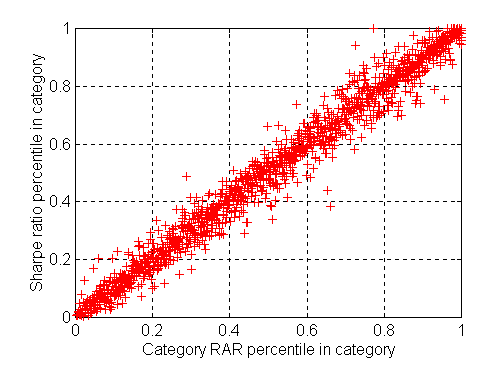How do the Morningstar Star Ratings Work Are Morningstar Ratings Accurate
Post on: 16 Март, 2015 No Comment

Posted on December 1, 2009 by Evan 0 Comments
I have discussed how I use the Free Morningstar Instant X-Ray tool. but Morningstar is more known for its mutual fund rating system. Who hasn’t heard the terms, “5 Star Fund, 4 Star Fund, etc.” but what does that actually mean?
How does Morningstar calculate the Star Rating System?
Russel Kinnel, Morningstar’s Director of Mutual Fund Research provides an excellent succinct explanation.
The rating is based on returns over the trailing three-, five-, and 10-year periods. For funds with 10-year records, we give the 10-year rating a 50% weighting, the five-year rating a 30% weighting, and the three-year rating a 20% weighting. If a fund changes categories, the near-term rating gets a heavier weighting.
We subtract sales loads from the returns and adjust returns for risk. Specifically, we use the utility function, which punishes volatility in both directions but more so for downside volatility. The basic premise is that investors would sacrifice some return potential in exchange for less-extreme losses. In practice, the risk adjustment tends to only have a significant effect when the risk is high or low. More-middling risk doesnt have much impact.
We then take those risk and load-adjusted returns and grade them on a curve within each category. We give the top 10% 5 stars, the next 22.5% 4 stars, 35% get 3 stars, 22.5% get 2 stars, and the bottom 10% are slapped with 1 star. The rating is updated monthly.
Basically, the Star rating is a bell curve of comparable funds. It should be noted that the calculations are much more complicated than the above 3 paragraphs, but understanding the basics, is HUGE. So your 5 star mutual fund is in the top 10% as compared to your 1 star mutual fund which is in the bottom 10% for comparable funds.
Morningstar takes the following into account when determining whether the funds are comparable and thus int he same category:
- Funds are grouped by the types of investments that dominate their portfolios. Where holdings data are unavailable, prospectus or other information may be used to classify the fund.
- In general, a single return benchmark should form a valid basis for evaluating the returns for all funds in a single category (i.e. for performance attribution).
- In general, funds in the same category can be considered reasonable substitutes for the purposes of portfolio construction.
- Category membership is based on a fund’s long-term or “normal” style profile, based on three years of portfolio statistics.
The Morningstar rating does not take into account expenses and other tangibles/intangibles,
What it is not is a forward-looking measure of fundamentals. Expense ratios, manager changes, manager investment levels, stewardship, and other important fundamentals are not in the formula.
While understanding how the fund system puts you ahead of a lot of people it should be remembered that the Morningstar Fund ratings do not predict future returns. While the rating system has done well over time, the Morningstar ratings were actually wrong for many categories for the newest data available (i.e. one star funds did better than 5 star funds).














